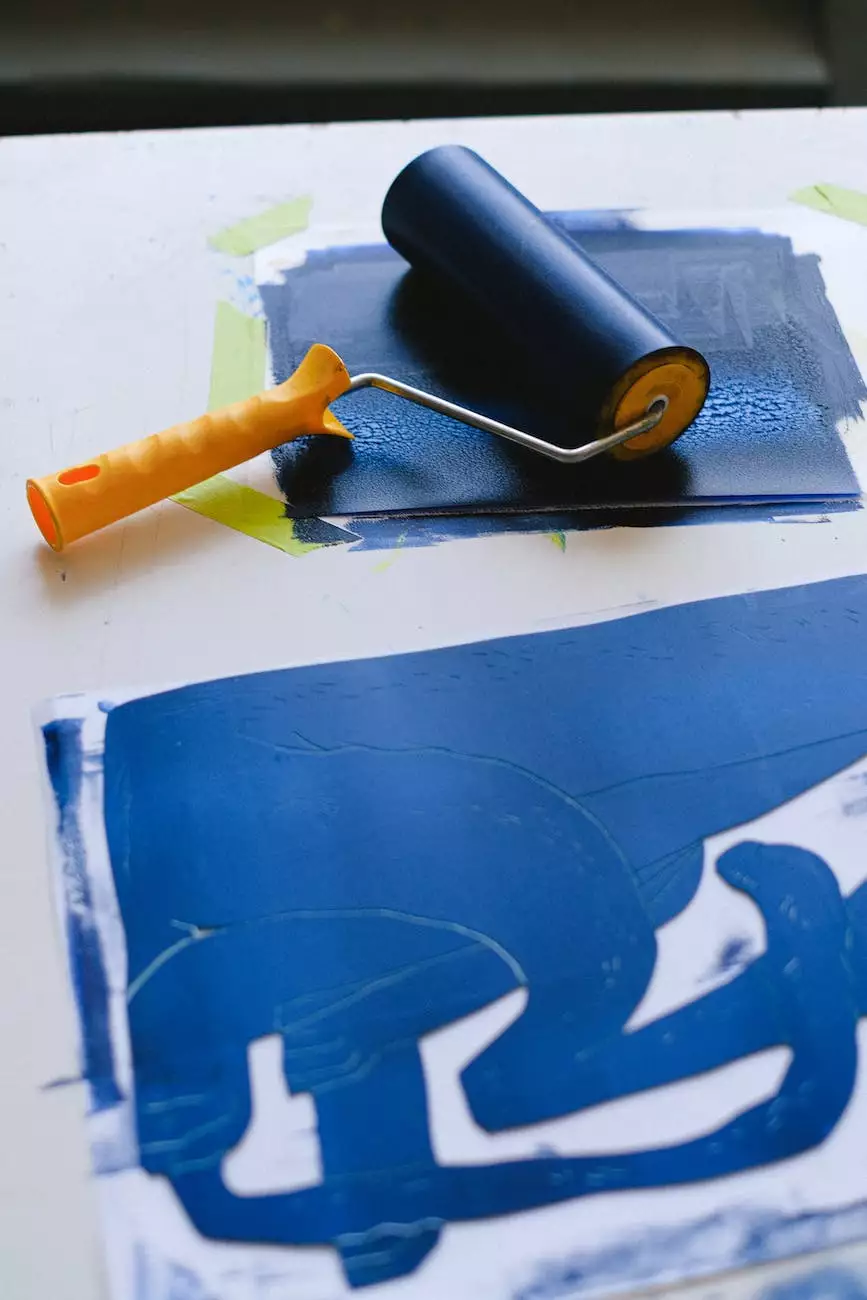How to Prep For a Podcast
Blog
Introduction
Welcome to Paper Elephant Studio's comprehensive guide on how to prep for a podcast. If you're involved in the Arts & Entertainment industry, particularly in Visual Arts and Design, launching a podcast can be a fantastic way to share your insights and enhance your audience's experience. In this detailed guide, we'll walk you through the essential steps and provide you with expert tips to ensure your podcasting journey is smooth and successful.
1. Define Your Podcast Niche
Before diving into the podcasting world, it's vital to identify your podcast niche. Consider your expertise, target audience, and the unique value you can bring to the table. By defining your niche, you'll be able to create focused content that resonates with your listeners and sets you apart from the competition.
2. Research and Plan Engaging Topics
Once you've established your podcast niche, it's time to research and plan engaging topics that will captivate your audience. Explore the latest trends, industry news, and popular discussions within your niche. Brainstorm unique angles and perspectives to present these topics, ensuring that each episode provides value and keeps listeners hooked.
3. Create an Outline for Each Episode
To ensure a smooth flow during your podcast recordings, it's helpful to create an outline for each episode. Divide the discussion into logical segments or chapters, allowing for easy reference and organization. Include key points, questions, and any relevant visual aids or references you plan to use. This will help you stay on track and maintain a structured conversation.
4. Invest in Quality Recording Equipment
To produce professional-quality podcasts, investing in suitable recording equipment is crucial. Research the best microphones, headphones, and audio interfaces within your budget range. Clear and crisp audio is not only pleasing to the listener's ears but also demonstrates a high level of professionalism and credibility.
5. Set Up a Dedicated Recording Space
Creating a dedicated recording space within your studio or office is essential for consistent audio quality. Choose a quiet room where you can minimize background noise and potential interruptions. Consider acoustic treatments such as soundproofing panels or foam to enhance the overall recording environment.
6. Test and Familiarize Yourself with Recording Software
Before hitting the record button, it's crucial to test and familiarize yourself with the recording software you'll be using. Explore its features, settings, and shortcuts to ensure a smooth recording and editing process. Conduct trial recordings to gain confidence and identify any technical issues that may arise.
7. Develop a Script or Key Talking Points
While podcasts are typically conversational, having a script or key talking points prepared can help you stay focused and avoid rambling. Create a structure for your episodes, highlighting important information and key discussions. However, allow for natural improvisation and genuine interactions with your guests or co-hosts.
8. Invite Guests or Co-Hosts
Inviting guests or having a co-host can add different perspectives and increase the appeal of your podcast. Identify industry experts, fellow artists, or influencers in your field who can contribute valuable insights or engaging discussions. Collaboration not only provides fresh content but also expands your network and reach.
9. Engage with Your Audience
Building a strong connection with your audience is crucial for the success of your podcast. Encourage listeners to ask questions, share their thoughts, or provide feedback. Engage with them on social media platforms, in comments sections, or through dedicated email addresses. By doing so, you'll create a loyal and interactive community around your podcast.
10. Edit and Optimize Your Podcast Episodes
Once the recording is done, it's time to edit and optimize your podcast episodes. Use professional editing software to remove any unnecessary pauses, background noise, or technical glitches. Enhance the audio quality and add background music or sound effects when appropriate. Ensure your episodes are polished and ready for a seamless listening experience.
11. Create Eye-Catching Podcast Artwork and Titles
Ensure your podcast stands out visually by creating eye-catching artwork and titles. Design captivating cover art that reflects your brand and catches the attention of potential listeners. Craft compelling episode titles that accurately represent the content and entice curiosity. A well-designed visual identity can significantly contribute to attracting and retaining your target audience.
12. Promote and Market Your Podcast
Once your podcast episodes are ready to be shared with the world, it's time to focus on promotion and marketing. Leverage social media platforms, websites, blogs, and relevant forums to reach your target audience. Collaborate with influencers, leverage cross-promotion opportunities, and engage in guest appearances on other podcasts. By effectively marketing your podcast, you'll expand your reach and increase your listener base.
13. Consistency is Key
To succeed in the podcasting world, consistency is key. Define a regular schedule for releasing new episodes, whether it's weekly, bi-weekly, or monthly. Consistency signals professionalism and reliability, allowing your audience to anticipate and look forward to new content. Stick to your schedule even during challenging times to maintain your podcast's growth and reputation.
Conclusion
Congratulations on learning how to prep for a podcast! By following the comprehensive steps outlined in this guide, you're well-equipped to launch a successful podcasting journey. Remember to define your niche, research engaging topics, invest in quality equipment, and engage with your audience consistently. As you develop your podcasting skills and build credibility within the Arts & Entertainment - Visual Arts and Design category, your podcast's reach and impact will grow organically.




